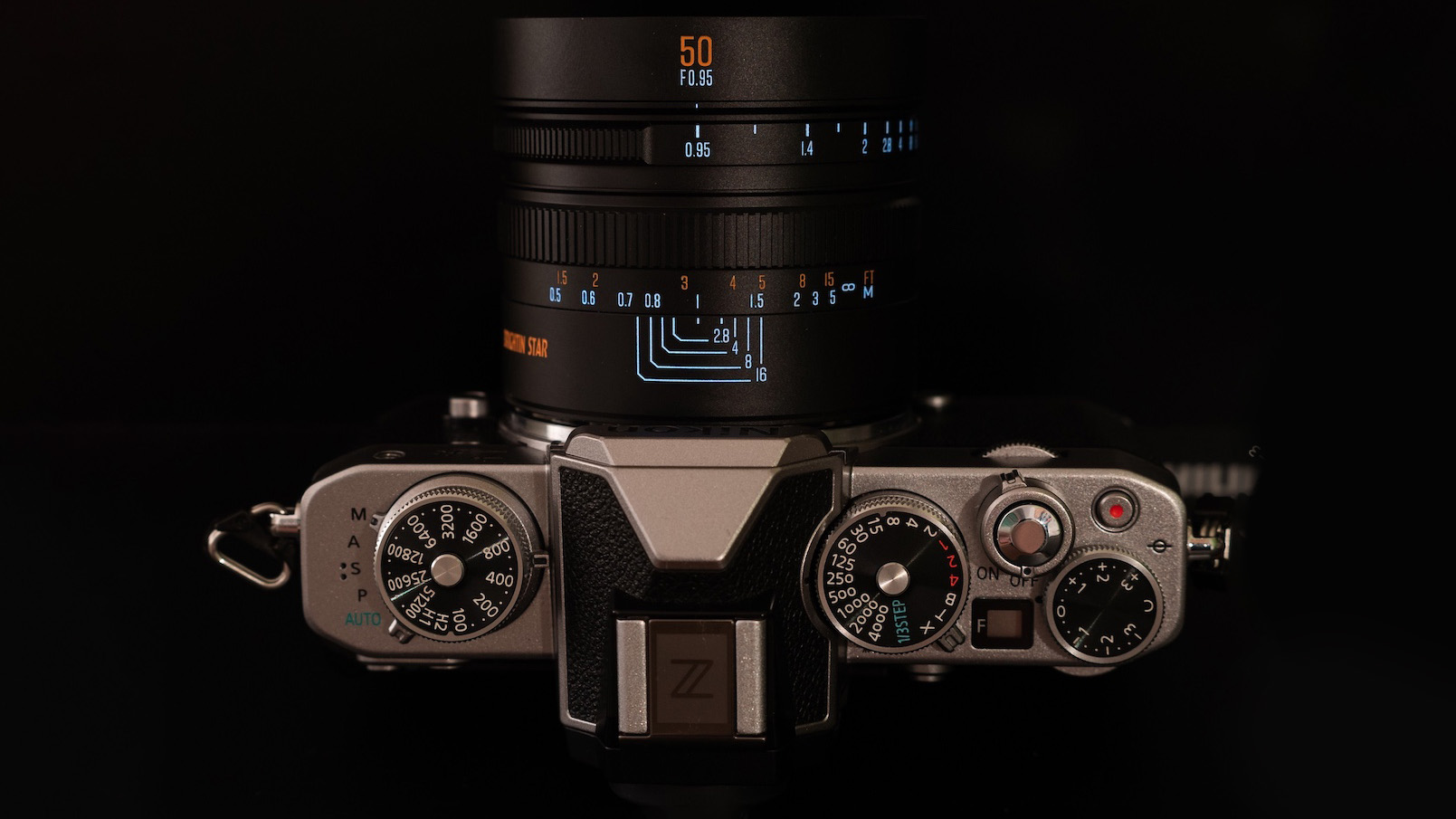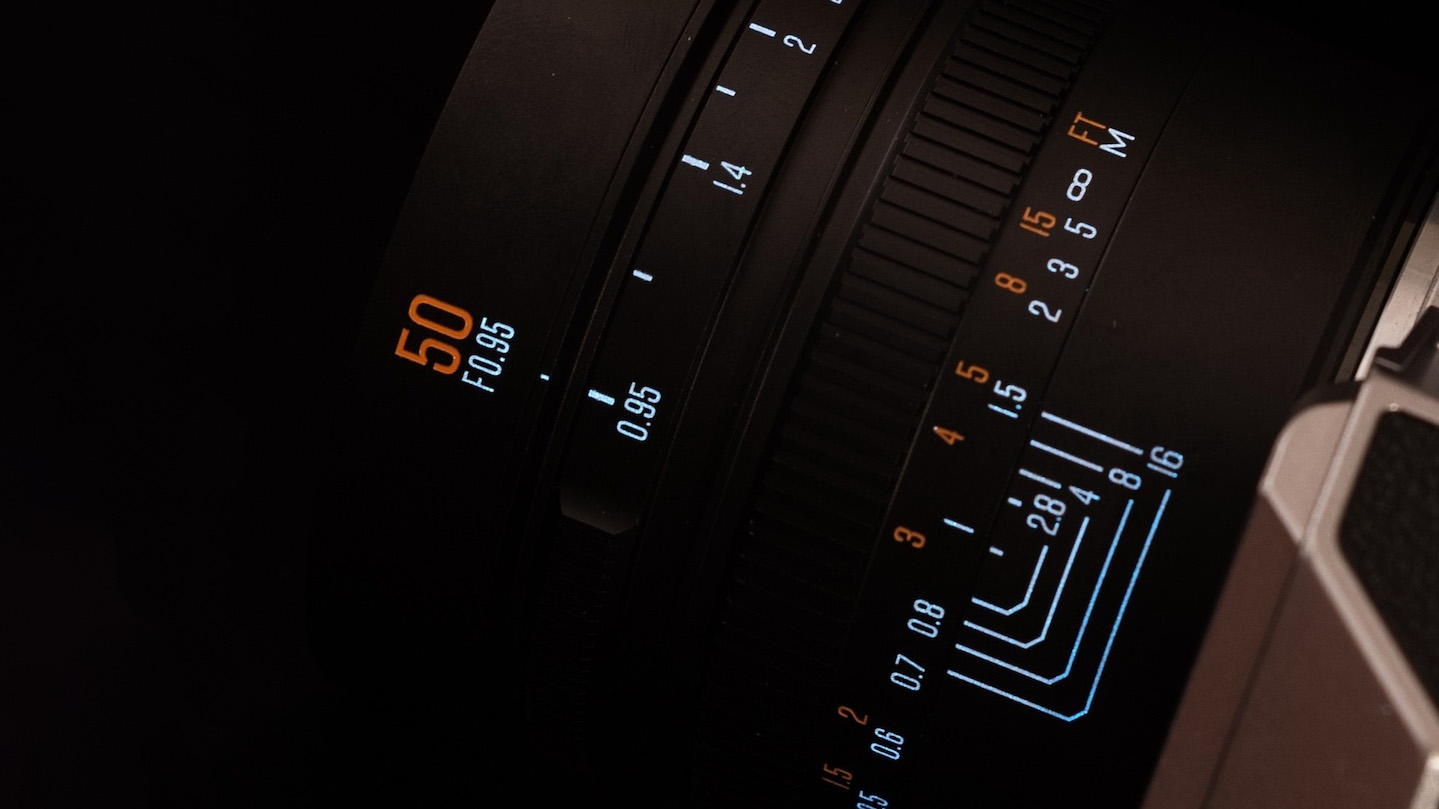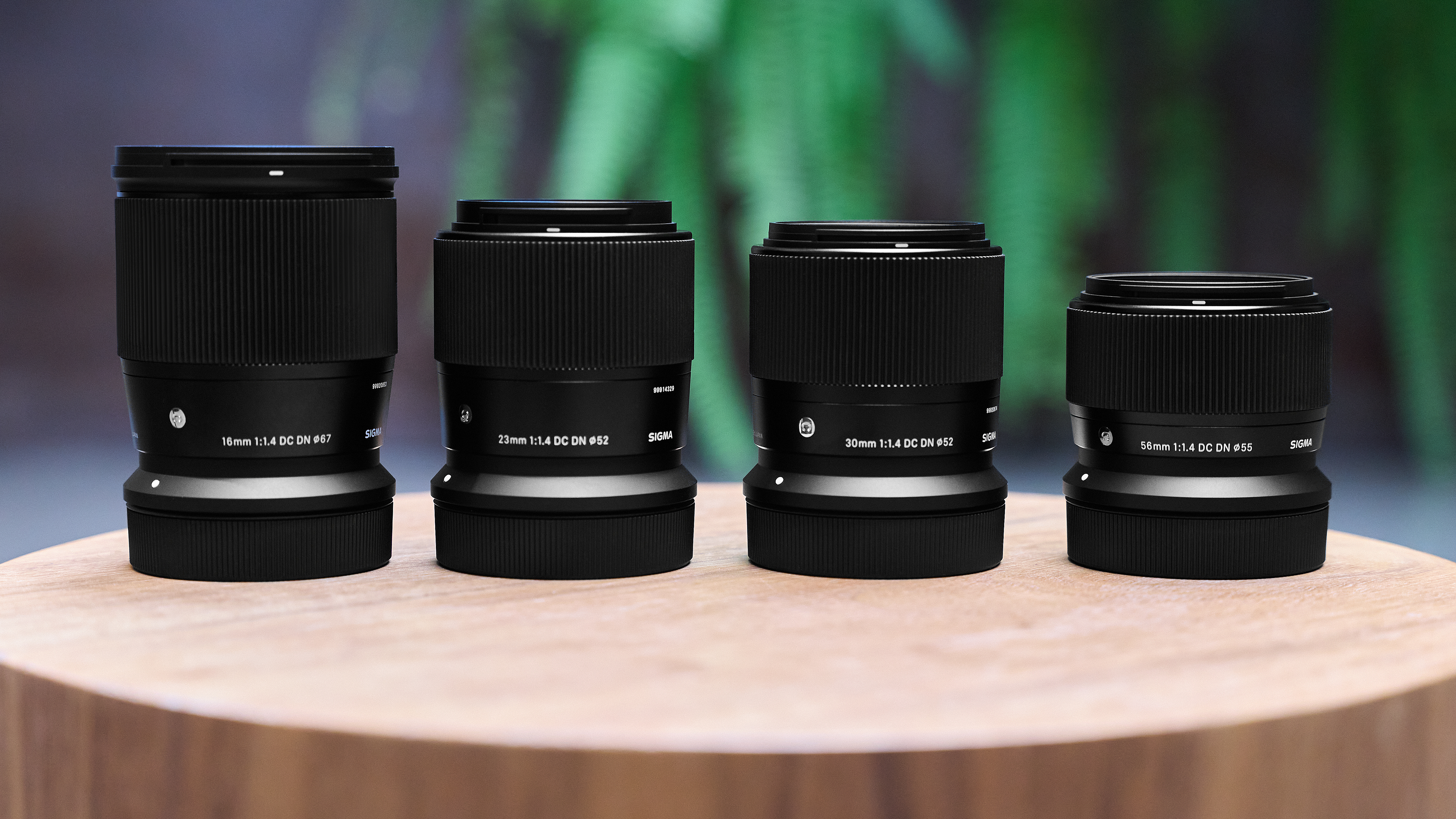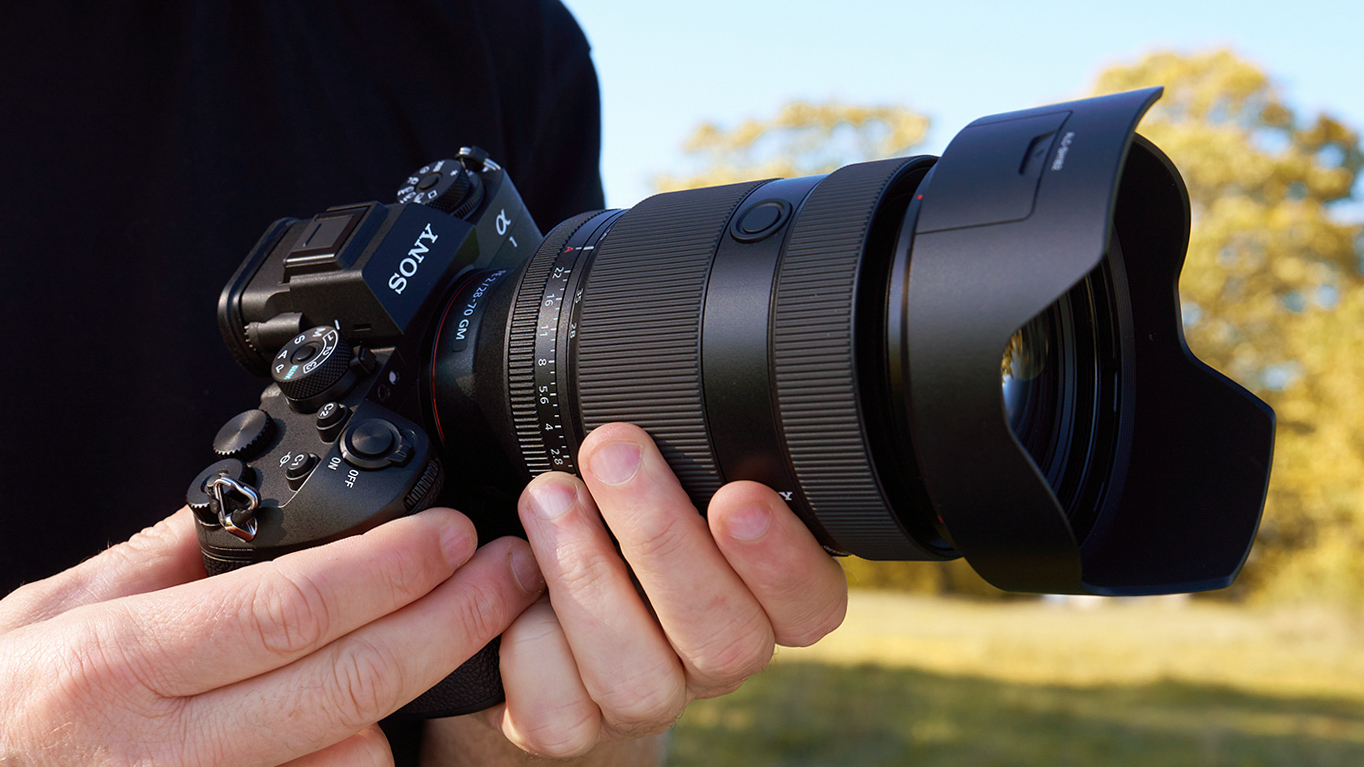
It's our penultimate instalment of the 12 lenses of Christmas, taking you on a trip through 2024 by way of all the lenses launched in each month last year. Here's what happened in November…
The first news of the month came from the unlikely source in Brightin Star. There are ‘bright’ f/1.4 and f/1.2 lenses aplenty, but even faster lenses are comparatively thin on the ground – so the Brightin Star 50mm f/0.95 put another offering on the table.
Not to be confused with a full-frame compatible lens that the company already sells, the new one is for crop-sensor cameras and will be made in Sony E, Nikon Z, Canon RF and EF-M, Fujifilm X and Micro Four Thirds mount options.
As you might have guessed, it’s a fully manual lens – but at least you can see what you’re doing with focusing and aperture adjustments, even when light is scarce, thanks to glow-in-the-dark markings on the barrel!

Sometimes two is better than one, and four is twice as good as two. That’s definitely the case with Sigma lenses for Canon's APS-C format R system cameras.
The company at last announced launch dates for four Sigma RF-S primes, with the Sigma 30mm f/1.4 DC DN Contemporary and Sigma 56mm f/1.4 DC DN Contemporary becoming available in December, closely followed by the Sigma 16mm f/1.4 DC DN Contemporary and Sigma 23mm f/1.4 DC DN Contemporary hitting streets on January 23.

Playing catch-up to Sigma, Tamron announced that its popular Tamron 11-20mm f/2.8 Di III-A RXD wide-angle zoom would also be available for Canon in December, as the company’s first-ever RF-S mount lens.
Not to be outdone by the independents, and offering something rather different, Canon finally announced the launch of its Canon RF-S 7.8mm f/4 STM Dual Lens – a stereoscopic lens for VR creators.

Anyway, enough of all this crop sensor talk: Sony announced its latest full-frame lens in the shape of the Sony FE 28-70 f/2 G Master.
My first thought was that it would be typically big and hefty for a lens with these credentials but, surprisingly, it weighs in at a modest 918g – making it entirely viable for long periods of handheld shooting with comfort and ease.

Back to the indies, and the 7Artisans FF 9mm f/5.6 Asph was made available complete with three rear filter packages: an ND64, ND1000 and ND64 / ND1000.
In other budget news, the Meike AF 85mm f/1.8 Pro launched as a cost-cutting full-frame portrait prime in Sony E, Nikon Z and L-Mounts. For a more standard perspective, again cutting costs to the bone, there was also the launch of the APS-C format AstrHori AF 27mm f/2.8 for Nikon Z DX cameras.
With less of an eye on cost-cutting, more on retro finery, Cosina celebrated the 25th anniversary of its Voigtländer brand with the rather fabulous-looking Apo-Lanthar 50mm f/3.5 VM Limited. Meanwhile, going really up-market, Hasselblad launched its first standard lens in half a decade: the Hasselblad XCD 75P.
And in cine news, Laowa launched yet another 'world first' with its new 60mm anamorphic macro cine lens, while NiSi released a limited-edition 5 prime cinema lens kit, "tuned" for modern cinematic aesthetic and heightened narrative.

Let’s talk reviews. We started our November schedule with that new 7Artisans 10mm f/2.8 II Fish-Eye ED. It had a hard act to follow, as we’d already given the original edition a gold-star review. Sure enough, the new Mark II lived up to its claims, being redesigned to do full justice to cameras with 40 or more megapixels under the hood.
We also ran an early hands-on review of the Sony FE 28-70mm f/2 G Master lens and found that it really was a hands-on lens, being compact and lightweight enough for everyday shooting. That’s no mean feat considering the zoom range and constant f/2 aperture.







